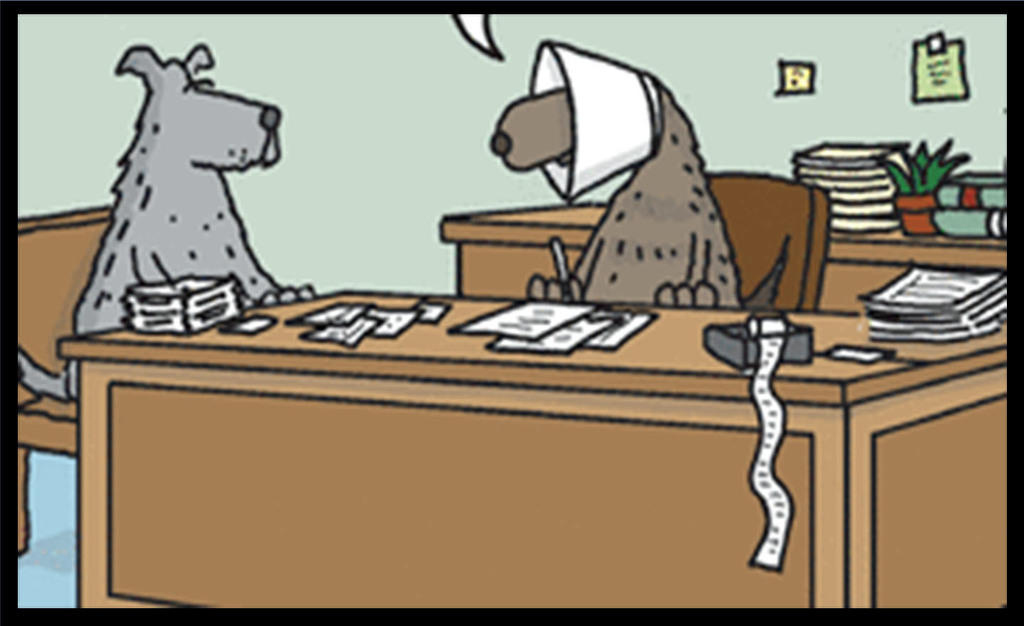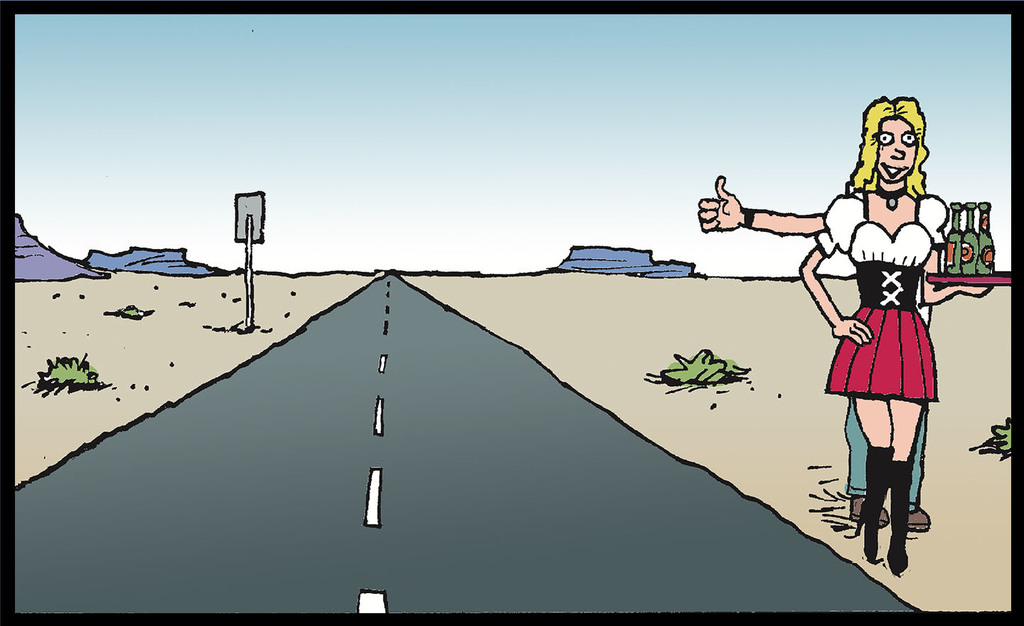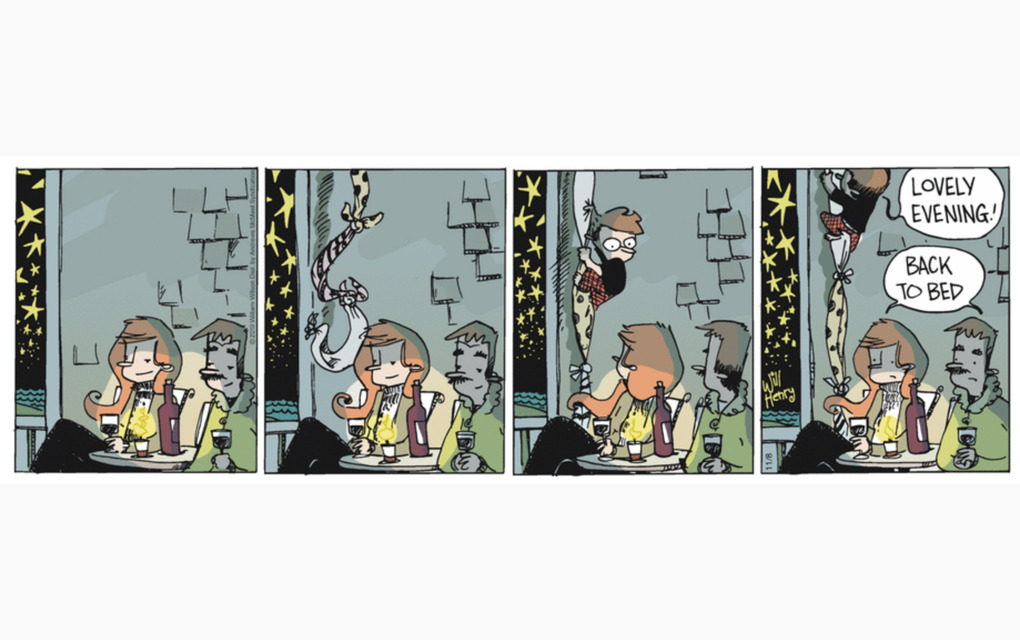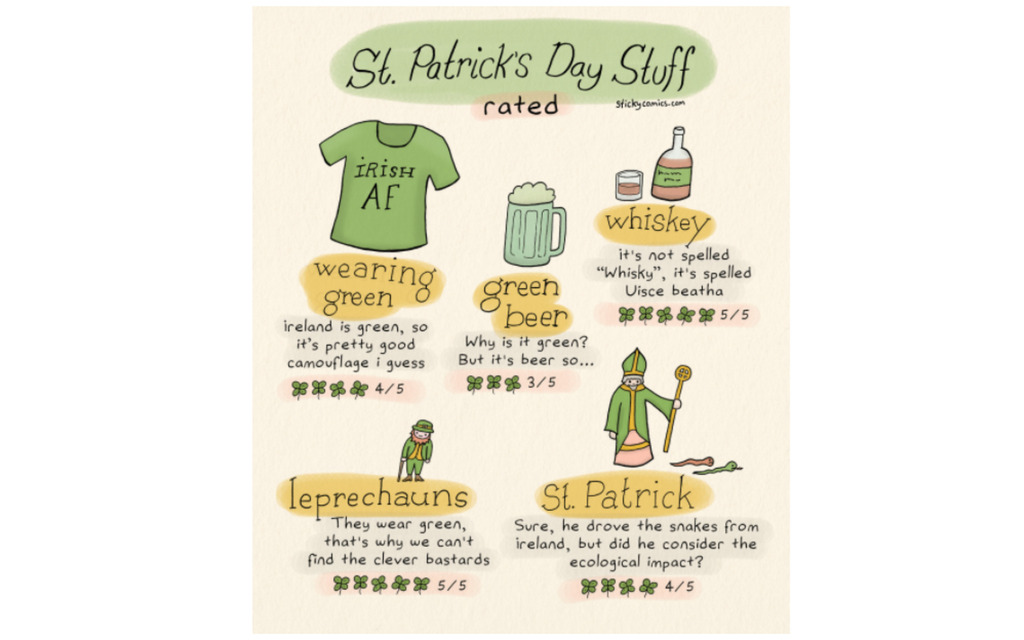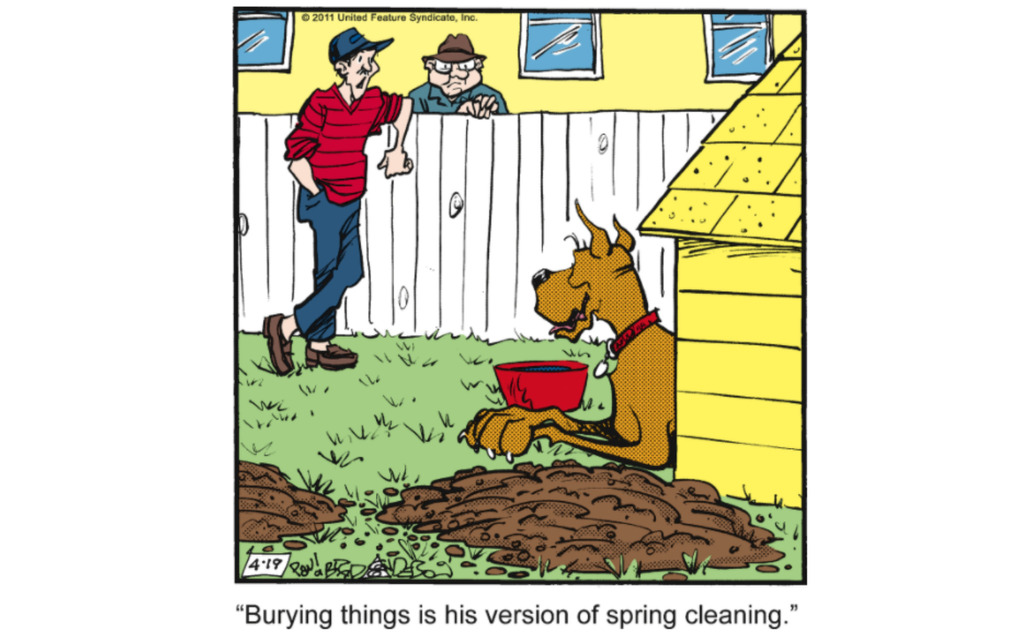Celebrate Three Decades of "Close to Home"!
by GoComics TeamFor more than 30 years, John McPherson has been creating comics that hit "close to home." In his aptly-named daily strip, McPherson captures the humor in life’s mishaps, from medical gags and workplace woes to kitchen catastrophes and parenting problems.
Recently, he took some time to participate in a Q&A with GoComics. Read on to get to know him better and discover the creative process and inspiration behind his relatable comic strips, and be sure to check out The Close to Home 30th Anniversary Treasury, which hit bookstore shelves on September 24.
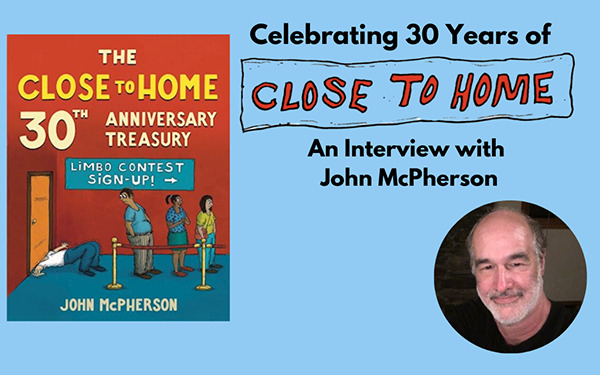
"Close to Home" debuted in the 1990s. When you look back on the first panels you created, what would you say feels most different about the strip now?
My drawing style has evolved quite a bit. I taught myself to draw and was fortunate to become syndicated pretty early on in my career, so that has given me a lot of time to refine my style. I think many artists evolve over the years. I once had dinner with Charles Schulz, and he talked about how, throughout his career, he kept adjusting his style until he finally got to a point where it really gelled for him. Similarly, I like my drawing style better now than 30 years ago.
Do you have any tried-and-true habits or tools you are a fan of?
I don’t draw at a table; I use a lapboard and sit on a couch near my woodstove. I watch TV most of the time when I am drawing. Without a TV or music playing, I get kind of restless. I need a balance of being busy with my hands and keeping my mind occupied. I have always worked this way—even as a kid, when I watched TV, I was almost always doing a hobby at the same time.
What do you think it is about "Close to Home" that has made it so popular with readers for so long?
I try to find humor in everyday circumstances, focusing on little idiosyncrasies that bug us, then find a way to make those quirks funny. Many cartoons make people laugh because readers can relate to what the characters are experiencing, whether it's a parenting issue or a hassle at work. Others are just inane and may not relate to people’s everyday lives (something about aliens, for example) but can still strike a chord. Everyone is different, and finding something people will laugh at is always a moving target.

Do you have a favorite strip that you’ve created? If yes, what one?
I have many favorite cartoons, but by far my most popular is my urology cartoon. It shows three cackling medical personnel with answering the phone, “Urology, can you hold?” That cartoon has been a greeting card for 25 years and continues to sell well.
What is one thing readers don’t know about "Close to Home"?
I did not start drawing until I was 25, and never had any background in art. I taught myself to draw by looking at other cartoonists’ work and emulating different aspects of drawing styles that I liked. My first paid work was doing a cartoon twice a month for a bi-monthly newspaper. I was paid $5 a cartoon and was thrilled about it.
What’s the best compliment you’ve ever received about "Close to Home"?
There are three compliments that stand out to me: The first was a letter I got from a young woman who said that she was in a deep depression. She happened upon "CTH" one day and it made her laugh. From that day forward, she immersed herself in "CTH" and cut my cartoons out of the paper and put them up on her bedroom walls. She said that being surrounded by the humor of "CTH" helped pull her out of her despair and she credited me with helping her get her life back on track.
The second was when I got a letter from a man who had a heart attack and needed an emergency angioplasty of his aorta. On the day of his procedure, I happened to run a cartoon about a guy who had his angioplasty procedure go awry when the catheter came out of his ear. The surgeons assigned to the man’s angioplasty spotted my cartoon in the paper that day, blew it up to poster size, and plastered it around the operating room. When the terrified patient was rolled in and saw the cartoon, he and the surgical team burst into laughter. The patient told me that my cartoon helped him through the most difficult day of his life, and he wanted me to know how much he appreciated my sense of humor at that moment. It made me feel great that I had been able to help someone in that way.
Another great compliment came from the producer of the TV series ER, and he told me that everyone on the show loved my cartoons. He invited me to dinner and a set tour if I ever visited L.A. He even said that I could star in an episode, but it wouldn't be a speaking part since that was against the actors’ union policy. But, I could be a bloody, screaming patient on the show!
A month later, I was in L.A. Book Expo, so I had dinner with him. It was great to get a behind-the-scenes look at putting together one of the most popular medical shows of all time. Unfortunately, they were not filming when I was out there, but it was still a very cool experience to meet with him.
There have been many other very nice compliments about "CTH" through the years, and those comments help get me fired up to keep creating cartoons.
What is your favorite part of being a cartoonist?
It is really fantastic to make my living by getting people to laugh. We all have stress in our lives, and humor is a great way to alleviate that stress. Doing so for others is a great honor for me.
I also love working for myself and not having a boss. The freedom to live my days without having to go into an office and the ability to make my own business decisions is wonderful. It’s given me the opportunity to spend much more time with family and friends.
What advice would you give aspiring cartoonists?
The most important part of creating cartoons is to be able to convey the emotions of their characters. The eyes of a character are critical to help get across what each character is feeling. After the eyes, the mouth helps convey emotion as well.
The real key to being a cartoonist is to have great, funny ideas, which can get you far as a cartoonist. Amazingly great art will not matter if you have lousy ideas. Humor is key!
Be sure to follow "Close to Home" on GoComics, where it updates every day!




